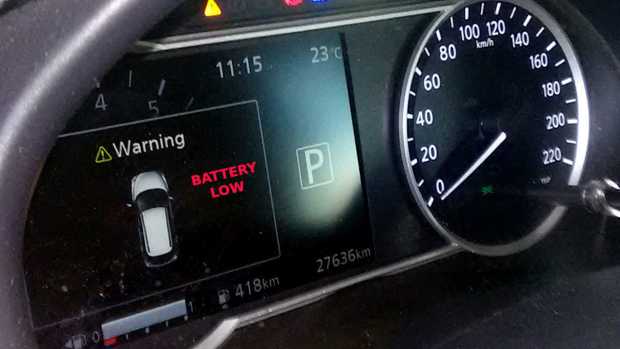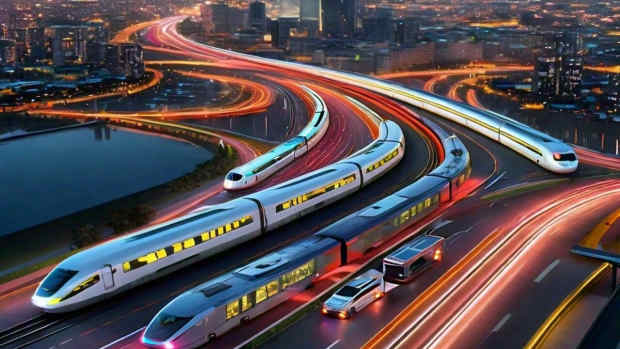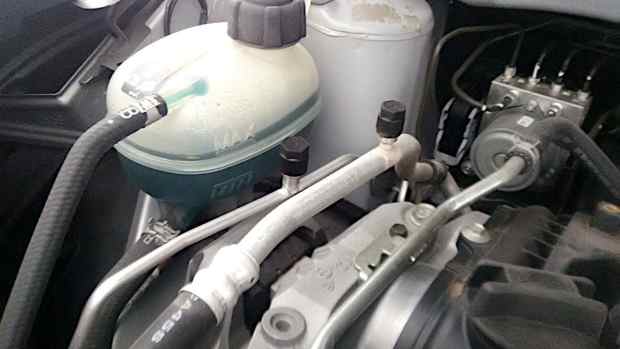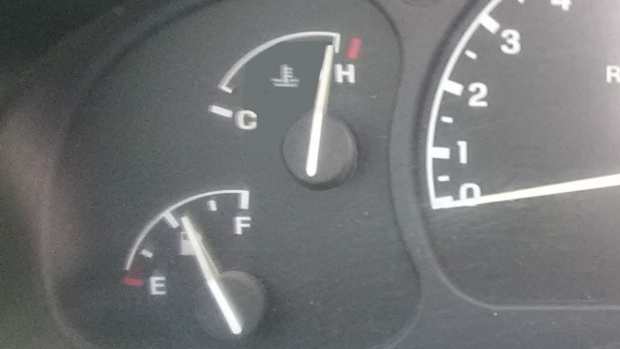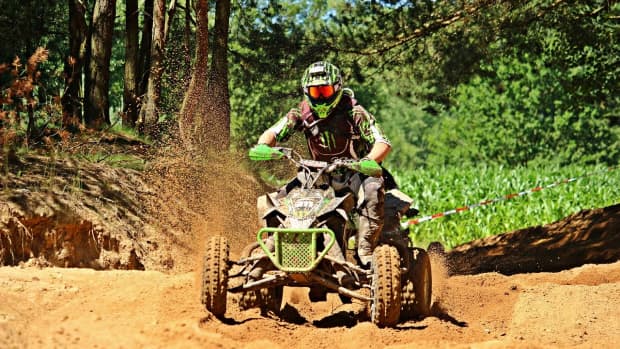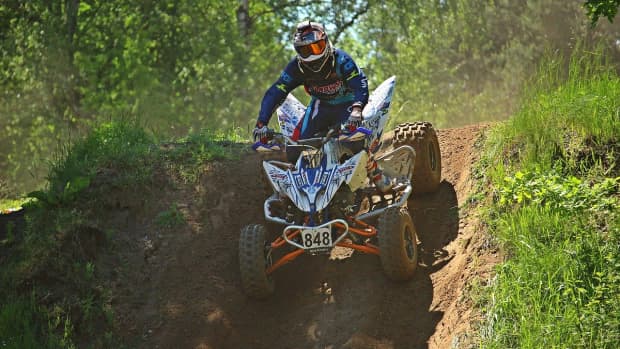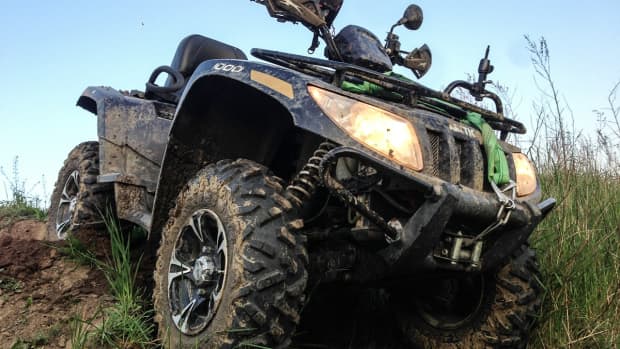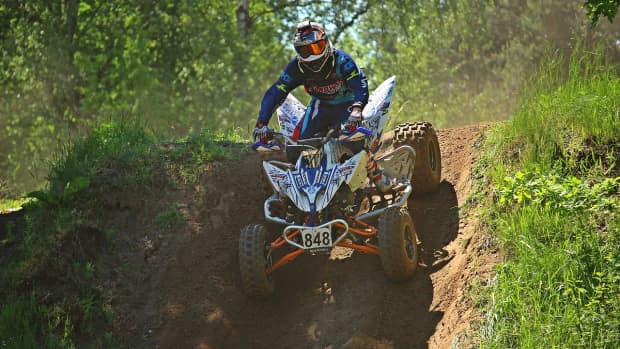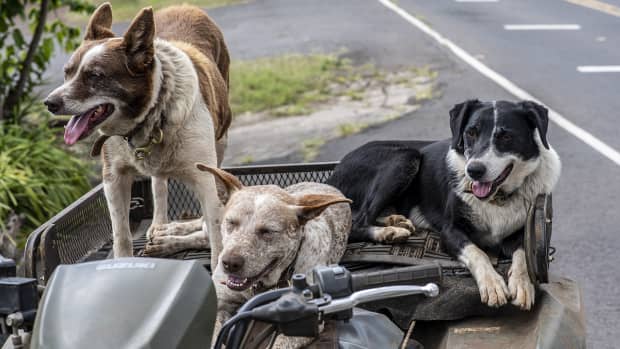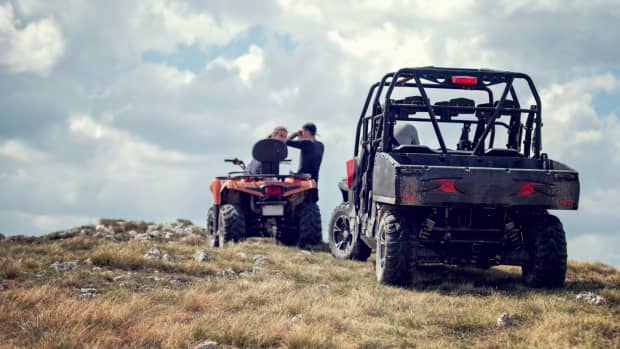What Size and Type of ATV to Get for Kids 3 to 10 Years Old
ATVs for Kids 3–10 Years Old
Boys and girls have fun riding four-wheelers. Instead of letting your kids use phones or other gadgets, how about letting them use a four-wheeler to explore the great outdoors?
Kids who are interested in four-wheelers vary in age from 3 years old to 10 and older. You may say that three years old is too young, but there are quality, affordable four-wheelers for kids this age.
If you can address concerns about safety, you can keep in mind that a four-wheeler offers benefits for your child's development; it can improve a child's motor skills, reflexes, and decision-making skills.
How to Start Looking for Kids' ATVs
Different manufacturers produce a whole range of four-wheelers for kids, and it's a little difficult to know exactly which one you should be looking to buy.
That's why we composed this guide to the range of kids' ATVs. We cover the following aspects:
- What size ATV should you get your kid, and at what age?
- A comparison between gas and electric four-wheelers
- What to look for when buying a four-wheeler
- Where to buy them
- How to start your kid on a four-wheeler for the first time
- Safety information
ATV Age Guide
Specific manufacturers and models have their own guidelines saying what age a kid should be to use that particular model. Consider also your child's physical development and his or her experience with four-wheelers.
Four-Wheelers for 3 Years Old to 6 Years Old
At these ages, a gas ATV is certainly not recommended. You should consider only a battery-operated four-wheeler, no more powerful than a 12-volt single battery for a 3-year-old. As they progress towards 6 years old, you can look at a 24V ATV.
The Consumer Product Safety Commission (CSPS) says that children younger than 6 should not drive or ride in ATVs.
Four-Wheelers for 6 Years Old to 10 Years Old
Now, if you decide you want a gas-powered rather than a battery-powered ATV, you can look at a potential 50cc ATV, or perhaps for the more experienced children, you can go up to a 70cc ATV.
Look into the latest CSPS recommendations on safety as well as any state requirements regarding age and engine size for ATVs.
Weight and Age
The weight of the four-wheeler must be appropriate for the age of the kid. If a child is too small to control the ATV, accidents can happen.
Therefore, you must match the recommended weight for the four-wheeler to your child's age.
Children 3 to 7 years old can use four-wheelers that can take 40 pounds of weight. These four-wheelers are basically toys, light enough so a child can maneuver them with their own strength.
Children 8 years old and over can use four-wheelers that can accommodate 65 pounds of weight. This is still a suitable size for a child this age, as the child can easily maneuver it.
Gas-Powered vs. Electric-Powered ATVs
Before deciding on a vehicle, be aware of the huge differences between the gas-powered and the electric-powered four-wheeler.
Power. Gas-powered ATVS go faster. You need gas or diesel to power up a gas-powered four-wheeler. To use an electric ATV, you need to charge it for several hours first.
Durability and Price. Electric-powered four-wheelers are cheaper than gas-powered ones but have less power than gas-powered ATVs. Gas-powered ATVs are more durable and tend to last longer, even if used in difficult terrain.
Reliability. A four-wheeler run by electricity can't go on a long trip, as its power is limited; fully charged, it can go five miles, or perhaps more, before its charge runs out.
It's your decision whether to buy a gas or electric ATV, but you have to consider your child on this one, especially if your child is aged 3–10 years old. An electric ATV may be safer for a smaller child.
What to Look for in Four-Wheelers for Kids
Before you buy a four-wheeler, especially if you have children that are aged 3–10 years old, here are the things that you must look into.
Quality
A quality four-wheeler will have lower maintenance costs and is less likely to have mechanical failures that can cause accidents or injuries to your child.
Safety Add-Ons to the Quad
A four-wheeler must have quality safety add-ons suitable for the child's age.
- Braking system. The four-wheeler must have safe braking that automatically stops the vehicle whenever your child lifts his/her foot off the pedal.
- Seatbelt. A must-have in a four-wheeler.
- Speed adjustment system. Buy a four-wheeler with a speed adjuster that limits its speed to low or high.
- Battery cover. The battery must have a cover, to protect both your child and the battery.
Size
Don't just consider the size of the engine or battery, but the vehicle's overall dimensions and weight. Is this an ATV that your kid can actually get a hold of and control?
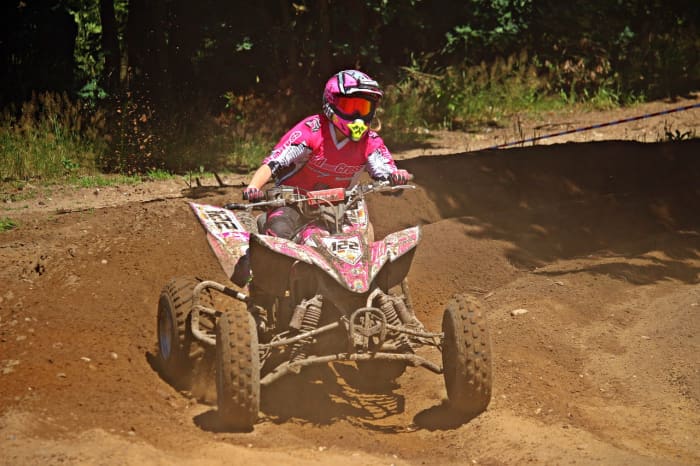
Four-wheelers are available in pink, red and other girl colors that your daughter can enjoy. Give your daughter the chance to drive the four-wheeler.
Pixabay
Where to Buy ATVs for Kids
You can buy four-wheelers online or at physical stores.
When you are buying for a child, you have to pay attention to every detail, so buy their first ATV at a physical shop so you can see if the product meets your safety requirements and if the size suits your child.
The most trustworthy shops are run by companies that have been in business for a long time and sell worldwide.
Are Your Kids Ready to Drive a Four-Wheeler?
Before letting a child drive a four-wheeler, you should evaluate the physical, mental, and emotional state of the child.
Physical State. Is your kid large enough and strong enough to ride a four-wheeler? The child must be large enough to stand on the floorboards and reach the control levers while seated.
Mental State. Assess whether the child already knows the basic safety rules for riding a four-wheeler and is mature enough to understand that safety matters.
Emotional State. Children can be emotional, and that can lead to recklessness. Strong emotions such as anger, excitement, or others can affect the ability of the child to drive the four-wheeler safely. Don't let your child drive unless he or she is calm and emotionally stable.
Safety Precautions and Equipment for Kids
The first factor that you have to consider is safety. Children riding ATVs need to be aware of safety standards, and more importantly, you do, to avoid injuries.
Protective equipment: Kids riding a four-wheeler must always wear protective equipment: a helmet, goggles, gloves, elbow pads, and knee pads.
Seatbelts: must always be connected. Seatbelts will prevent the child from falling to the ground and can minimize injuries.
Controlled speed only: Don’t let your kid choose the speed that will be applied. As a parent, you must always keep the speed controlled and suitable for their age, to avoid accidents.
Parental supervision: If your kids are going for a drive, you must always supervise them. There must always be an adult around when kids drive the four-wheeler.
Once More: Wearing a Helmet
No matter the age, if you are riding a quad—you need a helmet.
Children aged 3–10 years old, especially, must be taught the importance of the helmet. You must always remind them that safety is the first thing to consider.
Helmets should have visors or an eyeshade. These can protect the eyes of your child from foreign contaminants and the sunlight, and make driving easier.
Supervising: These Are the Rules
- Wear protective equipment.
- Seatbelts locked
- Controlled speed only
You must be around your child every time they use four-wheelers and make sure they are following the rules above.
Through supervision, you can observe them and correct any inappropriate action.
To make safety more interesting, you can work with your child to construct your own rules and regulations for driving the four-wheeler, the specific time when they can drive, and other things you can add.
For instance:
1. Don't carry passengers; one seat means one driver.
2. Don't show off, try out stunts, and drive recklessly.
3. Improve visibility with reflectors and flags.
4. Avoid roads. ATV tires aren't built to withstand paved roads, plus it's unsafe.
Before you start, be sure to check the manufacturer's specific safety rules in the model's manual.
Top Speeds
As a parent, you must know the top speed that your child will be using while on the four-wheeler. If your four-wheeler has a speed adjuster you can set the top speed to what you like.
If your child is only starting and is just 3 to 10 years old, you can set the speed between 2.5 mph and 5 mph. You should start slow first and let them get used to the four-wheeler. As your child progresses, you can also increase the speed a little bit, but still within the speed of 2.5 to 5 mph. By enforcing this speed limit, you are promoting safety.
Parental Control
That you have bought your child a four-wheeler does not mean that they are in control of the vehicle; you are. You must enforce responsible driving for the kid, by correcting every inappropriate or unsafe action. You must also control the speed so it is suitable for your kid’s age.
Anything can happen, and you should be there to enforce parental control when needed. And when things are going well, lay off a little bit, while letting your child know that you are still watching.
More Vehicles for Kids
- Best Gas 50cc Dirt Bike for Kids?
Are you looking to buy a 50cc dirt bike for kids? Then explore our full guide here to find out everything you need to know from safety to getting the best deal.
This content is accurate and true to the best of the author’s knowledge and is not meant to substitute for formal and individualized advice from a qualified professional.
© 2019 Harry Sheen


